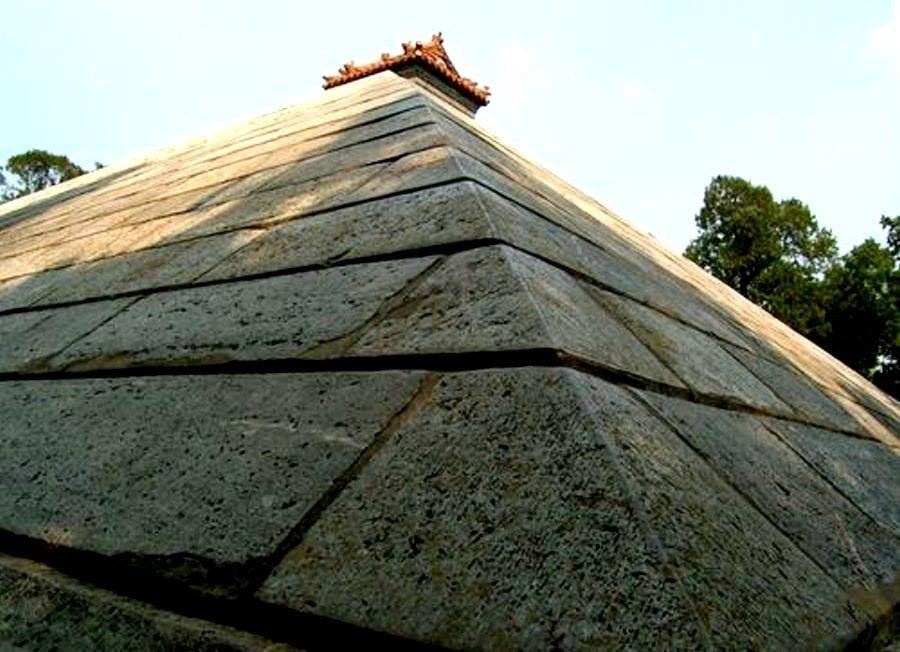The Mausoleum of Shaohao, steeped in history, stands as a lasting tribute to the last Heavenly Emperor of Ancient China. According to legend, Emperor Shaohao, known for his wisdom and fairness, is buried within its revered walls. This ancient tomb not only marks his final resting place but also serves as a symbol of the enduring cultural heritage of China. Visitors and scholars alike are drawn to the mausoleum for its profound historical value and the rich stories of the Emperor’s legendary contributions to Chinese civilization.
Historical Places
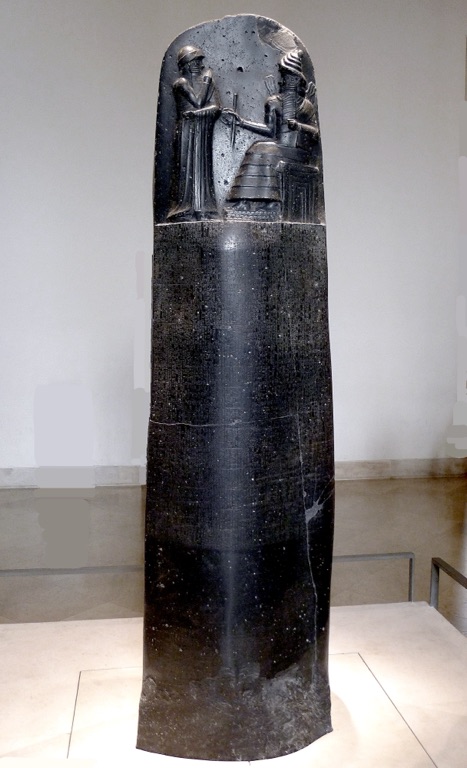
Code of Hammurabi: Laws & Facts
The Code of Hammurabi stands as a monumental achievement in the annals of legal history. Enacted by the sixth king of the First Babylonian Dynasty around the 18th century BCE, it is one of the oldest deciphered writings of significant length in the world. This set of laws introduced a comprehensive system that sought to regulate various aspects of life. It covered topics from property rights and contracts to family law and professional standards. The Code emphasized the principle of “an eye for an eye”, which aimed to ensure justice through reciprocal punishment. Its 282 laws were meticulously organized, reflecting a society that valued order and hierarchy. The Code of Hammurabi has been celebrated throughout history for its pioneering role in the development of a structured legal system.

Nakum
Nakum is an extraordinary recluse that whispers tales from the past. Nestled in the heart of Guatemala’s Petén region, it stands as a sentinel of the once mighty Mayan civilization. Visitors journey through time as they explore its myriad structures, including palaces, temples, and plazas, which stand as a testament to the advanced urban planning and architectural achievements of the ancient Maya. Carvings and stelae scattered across the site offer a narrative stream, hinting at complex socio-political and religious practices that once dictated daily life in Nakum. Its intricate canal systems and reservoirs speak of a society deeply attuned with the natural world, showcasing the innovative water management techniques of its inhabitants.
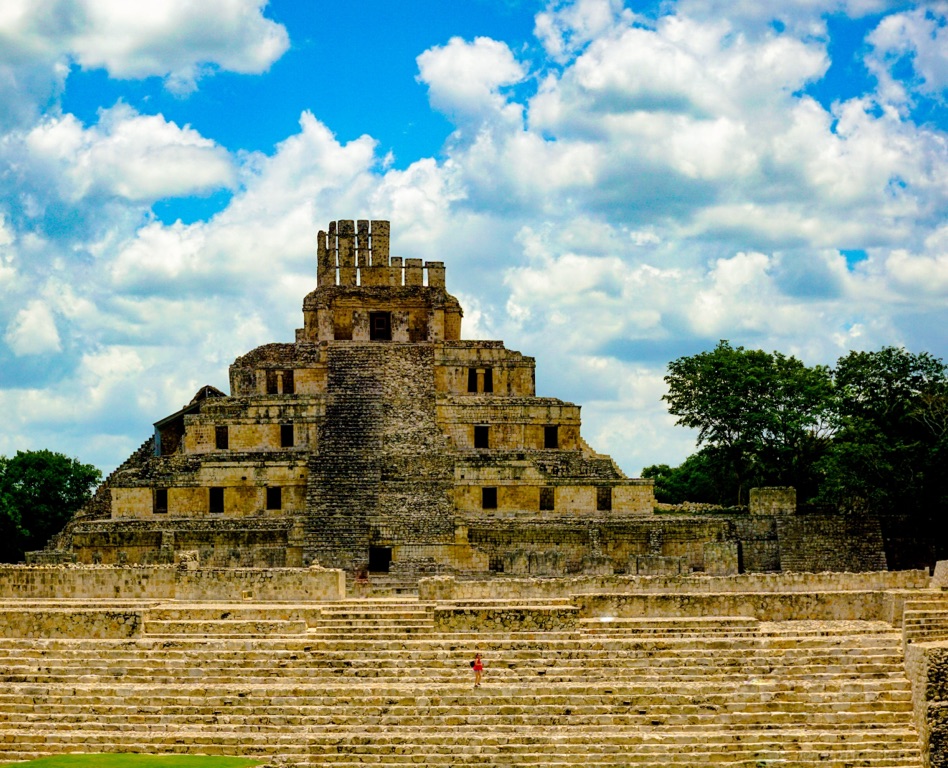
Edzna
Edzna Ruins stand as a testament to the architectural genius of the ancient Maya civilization. Located in the northwestern part of the Yucatan Peninsula, these ruins showcase impressive buildings, temples, and plazas that echo the city’s importance in trade, agriculture, and religiosity. Visitors are often awestruck by the grandeur of the main temple, which offers panoramic views of the site. Edzna was once a pivotal city in controlling the region’s water resources through an intricate network of canals. These features highlight the Mayans’ advanced understanding of engineering and their harmonious relationship with nature.
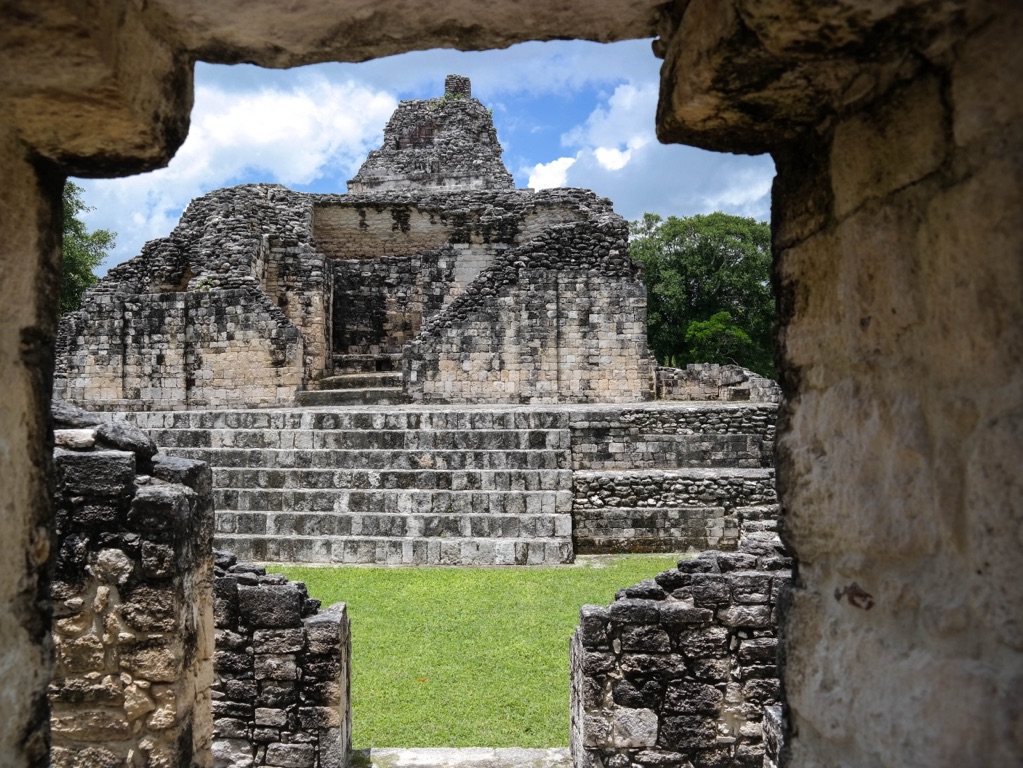
Becan
Nestled in the heart of the Yucatan Peninsula, the Becan Mayan Ruins stand as a testament to a civilization’s brilliance. Spanning across seven square kilometers, Becan was once a bustling city surrounded by a moat for protection. This detail alone sets it apart from other Mayan sites. Tourists flock here to marvel at its complex structures, ornate decorations, and intricate stone carvings, which take you on a journey to a time when Mayan culture thrived. A visit to Becan offers a unique glimpse into the everyday lives, religious ceremonies, and rich heritage of the ancient Mayans.
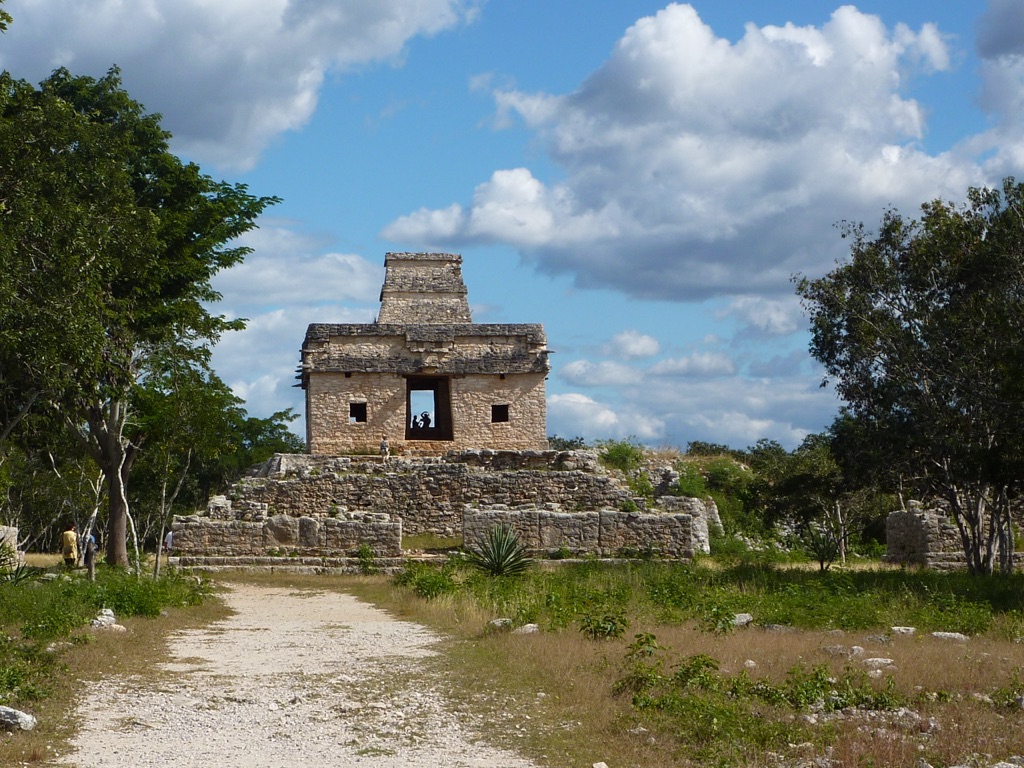
Dzibilchaltun
Nestled in the lush landscapes of Yucatan, Mexico, the Dzibilchaltun Mayan Ruins stand as a testament to the ancient Mayan civilization. This significant archaeological site once served as a thriving center for religious, commercial, and political activities. Its impressive structures and artifacts illustrate the advanced understanding the Maya had of astronomy, architecture, and the environment.

